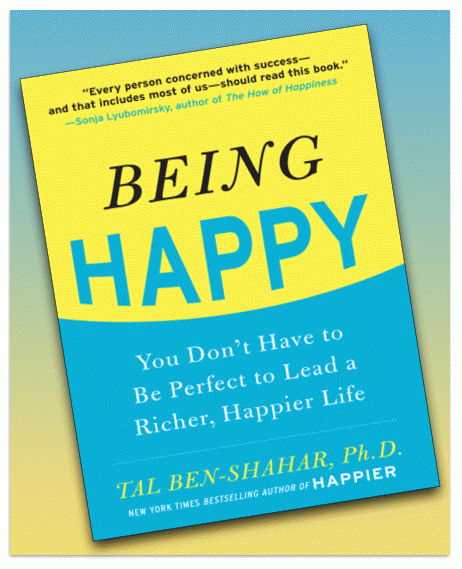Encourage employees to exercise regularly. Regular physical exercise--as little as three weekly sessions of thirty minutes each--has the same effect as our most powerful psychiatric medication. The workplace will be a happier place, a more creative place, and a less stressful place if the employees start a physical exercise regimen.
Encourage employees to take regular breaks during the day, and then have time to recover when they're at home. Being "on" all the time is not helpful for the individual employee, nor for the organization. More is not necessarily better. We need to recharge our psychological batteries. Creativity and productivity actually go down when there are no times for recovery throughout the day (fifteen minutes of downtime every hour or two), week (at least one day off), and year (a real vacation once every six or twelve months).
Being thankful for what we have, not taking our accomplishments for granted will bring more success into our lives. As Cicero pointed out, "Gratitude is not only the greatest of virtues, but the parent of all others." Being Happy, p. 89

Being Happy: You Don't Have to Be Perfect to Lead a Richer, Happier Life
(Image by McGraw Hill, 2011) Details DMCA
Joan: What you say all makes a lot of sense. At the lecture I attended, you stressed the value of time affluence. What is it and how does it tie into the bigger picture, Tal?
Tal: Psychologist Tim Kasser shows in his research that time affluence is a better predictor of well-being than material affluence. Time affluence is the feeling that one has sufficient time to pursue activities that are personally meaningful. In contrast, time poverty is the feeling that one is constantly stressed, rushed, overworked, or simply behind. All we need to do is look around us--and often within ourselves--to see the pervasiveness of time poverty in our culture. To raise our levels of well-being, there is no way around simplifying our lives. This means safeguarding our time, learning to say "no" more often -- and this means to people as well as to opportunities -- which is not always easy.
Joan: You aren't kidding. That's a toughie for most if not all of us but definitely a worthwhile goal. How have you tweaked your own schedule to reflect what you've learned over the years about achieving a happier life balance?
Tal: The key is to focus on whatever it is that I'm doing. When I'm with the family, I disconnect from the phone and work; when I'm working, my focus is on work.
Joan: That is a really simple solution yet so hard to achieve. Was it difficult to incorporate that habit? Did you suffer from devise withdrawal symptoms at first?
Tal: Yes, very much so. Easier said than done. It takes practice overcoming a bad habit, just as it takes practice instituting a new habit.
Joan: That's a little vague, Tal, and so not as helpful as it could be. You talked about how to go about creating new habits in your lecture. Can you share the trick with our readers, please?
Tal: In their book on The Power of Full Engagement Jim Loehr and Tony Schwartz provide a different way of thinking about change: they suggest that instead of focusing on cultivating self-discipline as a means toward change, we need to introduce rituals.
(Note: You can view every article as one long page if you sign up as an Advocate Member, or higher).





